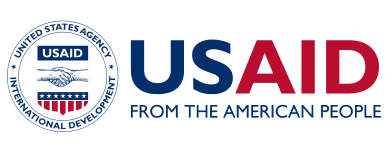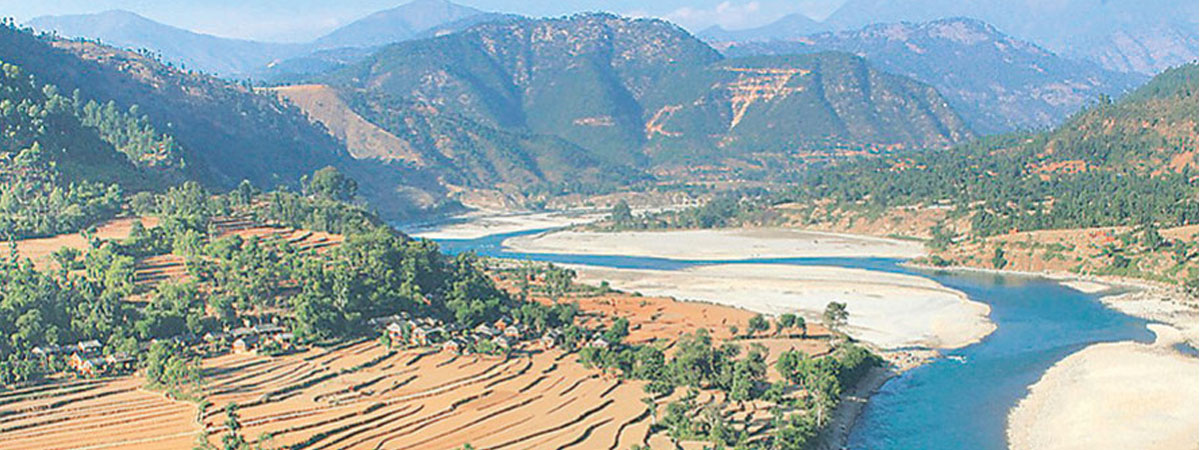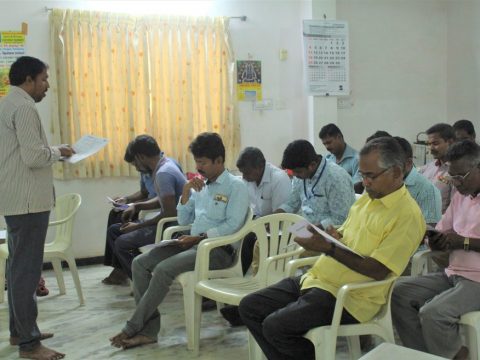Over the last five years, the Government of Nepal has made large strides in modernizing its electricity sector – bringing 1,100 MW of new hydropower capacity online, drawing in $1.7 billion in private sector investment, standing up an independent sector regulator, and establishing a policy framework conducive to increased access to clean power and economic growth. These initial steps are just the beginning for the country, which over the next five years will be entering a new stage in its power sector maturity. Over this timeframe, the country’s policymakers should aim not just to adopt the prevailing power sector best practices of their neighbors, but to establish themselves as leaders in modern power generation and delivery by embracing advanced technologies and enabling a cleaner, nimbler, and more profitable grid. At the center of this transition in Nepal’s power sector, is the Urja Nepal program. This is USAID’s five-year, $18.7 million project to advance development goals in the country through investment in the energy sector that will advise stakeholders on the adoption of advanced energy solutions in three key areas:
- Power Sector Planning – Modern power grids plan for the results they aim to achieve, whether that is cleaner and more efficient generation, the sustainable use of resources, including water, or increased export capacity. This requires a robust scenario-building exercise that informs utilities on likely required investments in capacity and transmission and distribution infrastructure. Toward this end, USAID will be training the Nepal Electricity Authority (NEA) on the use of modern power sector modeling software such as OptGen and SDDP (Both system planning software platforms produced by the software developer, PSR).
- Electric Vehicle (EV) Adoption – We are seeing the early stages of the decline of the internal combustion engine, with some estimates predicting market share of conventional fuel cars to drop from 95% of vehicles to 50% by the end of the decade . Over the last three decades Nepal has seen over 3 million cars added to its roads, contributing to air pollution that has been the cause of $21 million in economic costs, and over 7,500 deaths. Nepal’s citizens deserve to be a part of the EV transition and benefit from the cleaner air that results from it. Under the Urja program, USAID will work with NEA and municipalities in the Kathmandu Valley to roll out EV charging stations across the valley.
- Energy Efficiency (EE)- Modern grids are by definition efficient and effective, and Nepal has much ground to cover on both of these fronts. Nepal is by far the most energy intensive economy in the South Asian region, with its overall energy intensity doubling that of the rest of its neighbors, including Bangladesh, Pakistan, India, and Sri Lanka. This is not a problem that can be solved by legislative fiat. Rather, Nepal’s policymakers must do the heavy lifting of persuading and incentivizing industries across the economy to change their consumptive behavior – to do more with less (energy). To help address this issue, USAID will work with the country’s key energy sector institutions to roll out an effective EE program, developing an ecosystem highlighted by energy service companies (ESCOs), efficiency auditors, and efficient lighting/appliance procurement.
The Nepali power sector will achieve crucial milestones over the next five years, and the work envisioned under USAID’s Urja program presents policymakers with a tall order. But, with the help of USAID, and other technical assistance programs throughout the region, it is a challenge for which the rapidly maturing power sector institutions in the country are prepared. In implementing these reforms and adopting these new technologies, Nepal must think in terms not simply of achieving parity with its neighbors, but rather of realizing its future as a world-class energy hub.
This blog has been drafted by Sri Sekar of the Urja Nepal Team implementing partner Deloitte. To learn more about the program write to us at ssekar@deloitte.com





